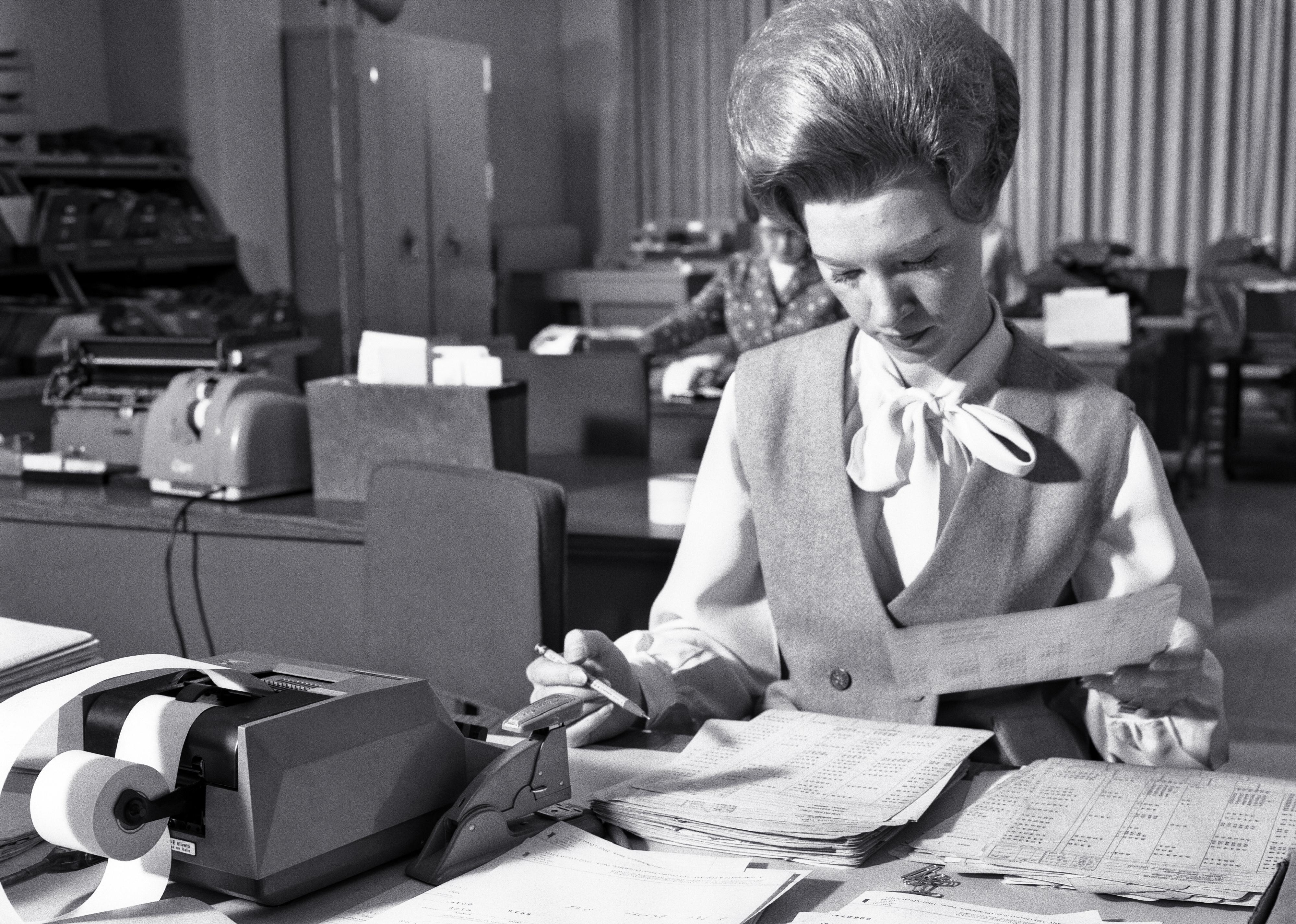
History of diversity and inclusion policies in the workplace
This story originally appeared on Kazoo and was produced and distributed in partnership with Stacker Studio.
History of diversity and inclusion policies in the workplace
Over the past 100 years, the U.S. workforce has changed dramatically. While initially male-dominated as women took on more “traditional” roles within the home, the onset of World War II shifted this dynamic. Women began to file into the workplace and subsequently discovered that they were met with challenges in fair treatment and opportunities. As a result, new policies began arising to ensure that workplace rules and standards would be fair to everyone. These executive orders, actions, and amendments to existing policies ignited a wave extending to a wider range of marginalized groups based on race, ethnicity, disabilities, gender and sexual identity, and more.
People in these groups have always faced great difficulties in the workplace, including racism, a lack of needed accommodations for physical/mental conditions, sexual harassment, lower wages, and barriers to better opportunities. Equitable and inclusive policies that encourage diversity training, hiring initiatives to diversify employees, and retention/promotion efforts among marginalized employees allow workers a chance to thrive and feel safe and respected among their colleagues. A diverse workplace also matters to job seekers, with 76% of them considering it as an important factor during their job search, according to Glassdoor. These changes have come with various levels of pushback and challenges of their own, many of which people are still trying to mitigate to this day.
Gender and racial pay gaps still exist. Black workers make 76 cents for every dollar white workers make, according to the Department of Labor. This gap is also consistent between men and women, with the latter earning 76 cents for every dollar men make. And, Hispanic/Latino workers make 73 cents for every dollar white workers make. While this pay gap still exists—and the push to close it continues—it would be even wider without this history of policies.
From groundbreaking cases like the Meritor Savings Bank v. Vinson case of 1986 to Texaco’s Black employees successfully suing the company for discriminatory practices, workers in the U.S. continue to fight for equitable treatment throughout the job-seeking and employment process. Without pivotal action and the push for companies and government sectors to be transparent, the U.S. workforce would not be as diverse and robust as it is today.
Kazoo researched information from a plethora of sources to learn about the history of diversity, equity, and inclusion policies in the workplace. Sources include government websites (such as those for the Department of Labor and Congress) and news organizations (such as the San Francisco Examiner and CNN). Here is a look at the history of diversity and inclusion policies in the workplace.

1920: Congress establishes the Women’s Bureau of the Department of Labor
The Women’s Bureau of the DOL came during a pivotal time for women’s rights as they began shifting into the workplace and pushing for the right to vote. Its aim was to “formulate standards and policies which shall promote the welfare of wage-earning women, improve their working conditions, increase their efficiency, and advance their opportunities for profitable employment.” The agency set the stage for transformative national changes, such as the Fair Labor Standards Act in 1938 that addressed inequities between white and Black women employees as well as allowing women to take the Civil Service exam to attain political and public sector work.
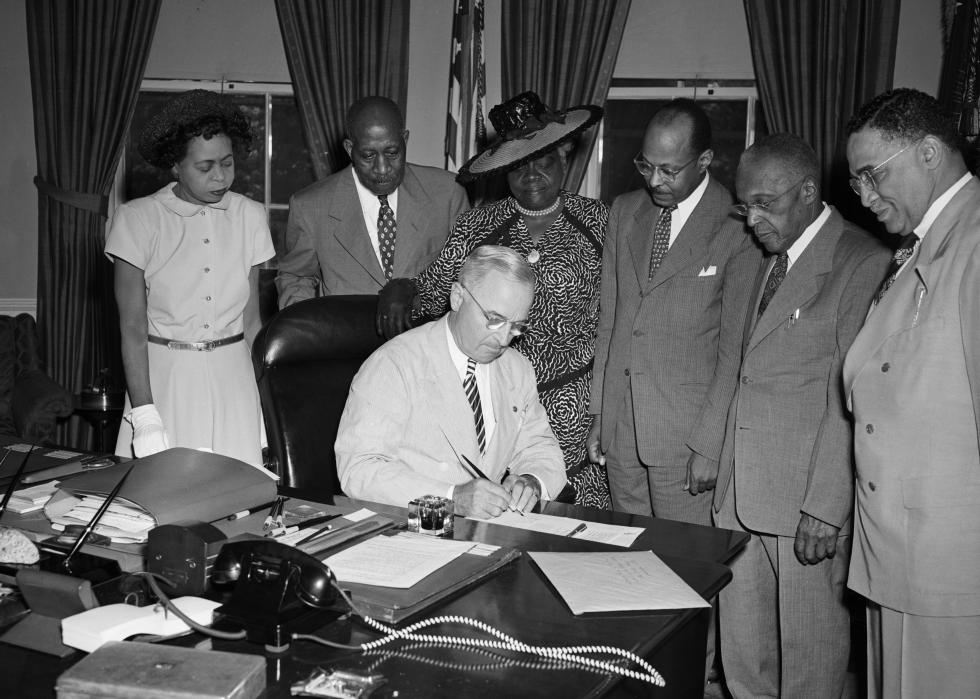
1948: President Truman orders desegregation of the armed forces
The desegregation order—formally known as executive order 9981—says that “there shall be equality of treatment and opportunity for all persons in the armed forces without regard to race, color, religion, or national origin.” It was spawned not only by the inequities faced by Black military members following their service in World War I and II, but by one particular act of violence. Issac Woodard—who was honorably discharged from the Army—was beaten and blinded by South Carolina police officers in February 1946 while in uniform.
Truman’s executive order met ample pushback from bigoted military leaders; however, it led to the U.S. Air Force fully integrating in 1952. Other branches of armed services followed with the rise of the Korean War.
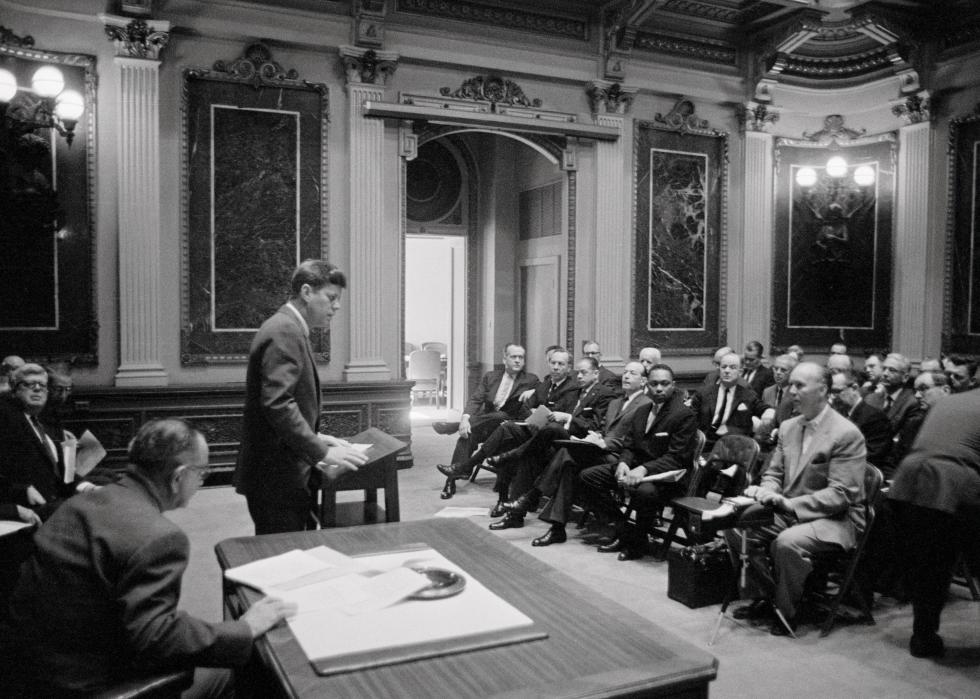
1961: President John F. Kennedy pushes for “affirmative action” in federal services
Executive order 10925 was one of the first acts John F. Kennedy took as president. The order required federal contracting agencies to “take affirmative action to ensure that applicants are employed, and that employees are treated during employment, without regard to their race, creed, color or national origin.” Canceling contracts, among other sanctions, could not happen without consequence. It also led to the establishment of the President’s Committee on Equal Employment Opportunity (later known as the Equal Employment Opportunity Commission) to oversee policy issues, working in conjunction with the Department of Labor.
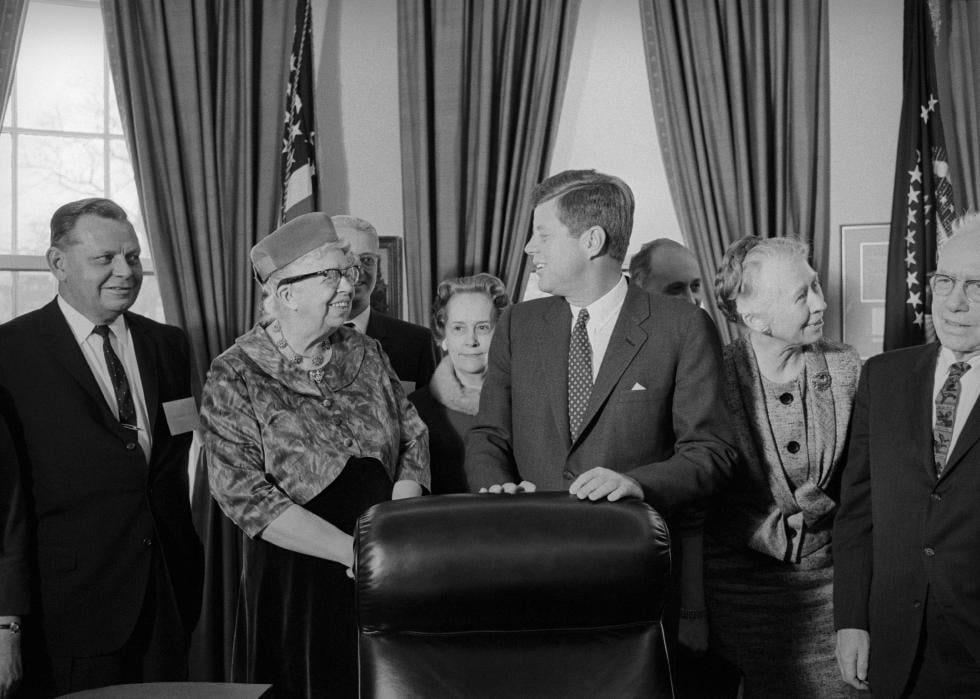
1961: JFK establishes President’s Commission on the Status of Women
The commission’s purpose is to “explore issues relating to women and to make proposals in such areas as employment policy, education, and federal Social Security and tax laws where these discriminated against women or otherwise addressed women’s rights.” JFK’s reasoning behind the Commission on the Status of Women was twofold. There was a need to balance pushing for continuous advancement of women’s workplace equality while maintaining the support of those who thought the accommodations led employers to hire them less.
The commission aimed to find compromise with feminists who supported female workers while also ensuring women’s ability to work in traditional home/family roles. And with the ongoing “space race,” there was an economic advantage to increasing women’s presence in the workplace. Former first lady Eleanor Roosevelt chaired the collective, which spawned achievements like the Equal Pay Act of 1963.
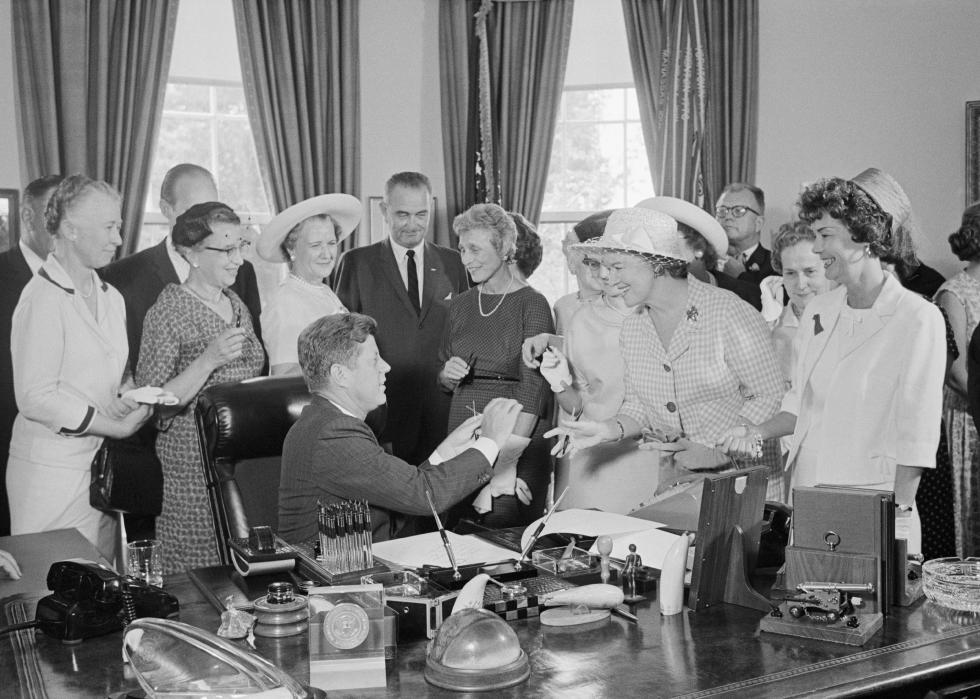
1963: The Equal Pay Act becomes law
The act—signed into law by President Kennedy—serves as an amendment to the Fair Labor Standards Act of 1938, taking into account shifts in the workplace with more women employees. It “prohibits sex-based wage discrimination between men and women in the same establishment who perform jobs that require substantially equal skill, effort and responsibility under similar working conditions.”
Employers are required to offer the same forms of compensation—including wages, benefits, and reimbursements—to men and women who do the same job. If not, the affected employee can file a lawsuit for a pay adjustment, legal fees, and back pay. The Equal Opportunity Employment Commission is responsible for enforcing the Equal Pay Act, which is still going through adjustments today.
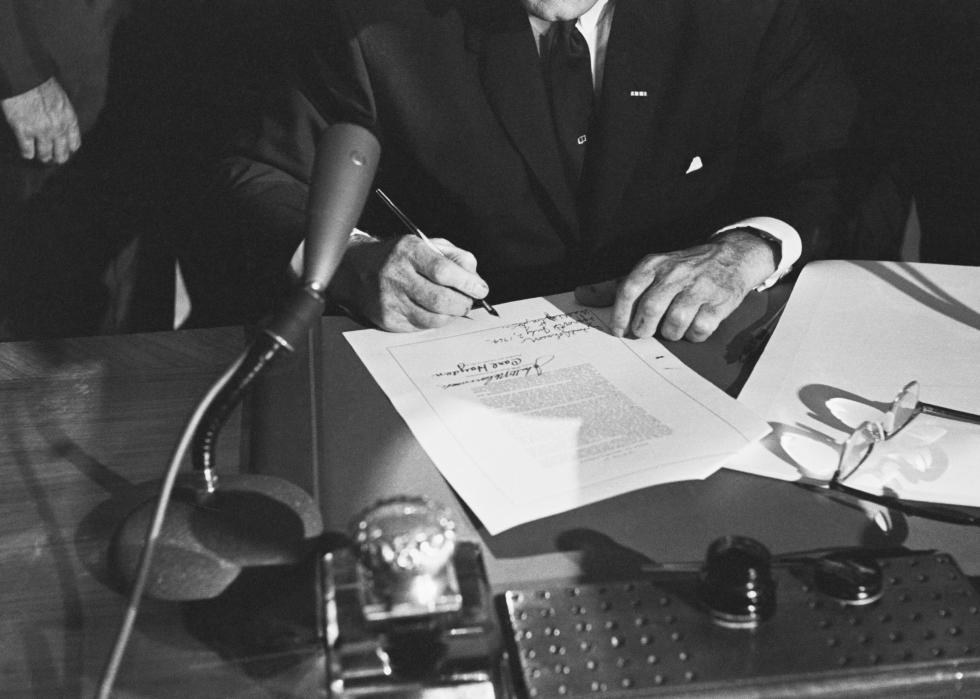
1964: Discrimination based on race, color, religion, sex, and national origin is prohibited
The Civil Rights Act of 1964 is a landmark law that tackles intentional discrimination and indirect practices that have a detrimental effect on those who fall into marginalized identities. This includes discrimination “against someone on the basis of race, color, national origin, sex (including pregnancy, sexual orientation, and gender identity) or religion.”
It covers a variety of employment stages from job advertisements, recruitment, hiring, compensation, use of company facilities, advancement, and firing, among others. Additionally, it requires reasonable accommodation for those who observe certain religious practices, protection against harassment, and more.
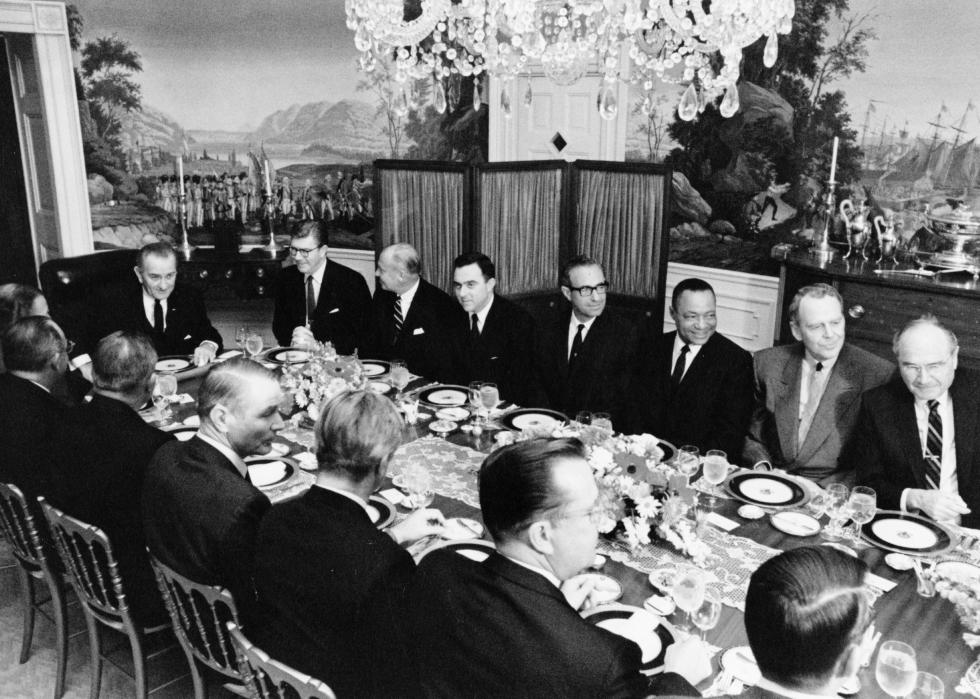
1965: President Johnson signs order for equal opportunity employment in federal services
Executive order 11246 charges the Secretary of Labor “with the responsibility of ensuring equal opportunity for minorities in federal contractors’ recruitment, hiring, training and other employment practices.” These efforts were previously in the hands of several presidential committees. Much like the Civil Rights Act of 1964, executive order 11246 played a role in mitigating racial, religious, and ethnic discrimination in the workforce. The order continues to go through amendments to protect the rights of federal contract employees.

1967: Discrimination against workers over the age of 40 is prohibited
The Age Discrimination in Employment Act of 1967 is enforced by the Equal Employment Opportunity Commission. It “prohibits employment discrimination against persons 40 years of age or older”—a tenet not specifically covered by the Civil Rights Act of 1964. The act covers all aspects of job seeking, interviewing, and employment and applies to companies with 20 or more workers.
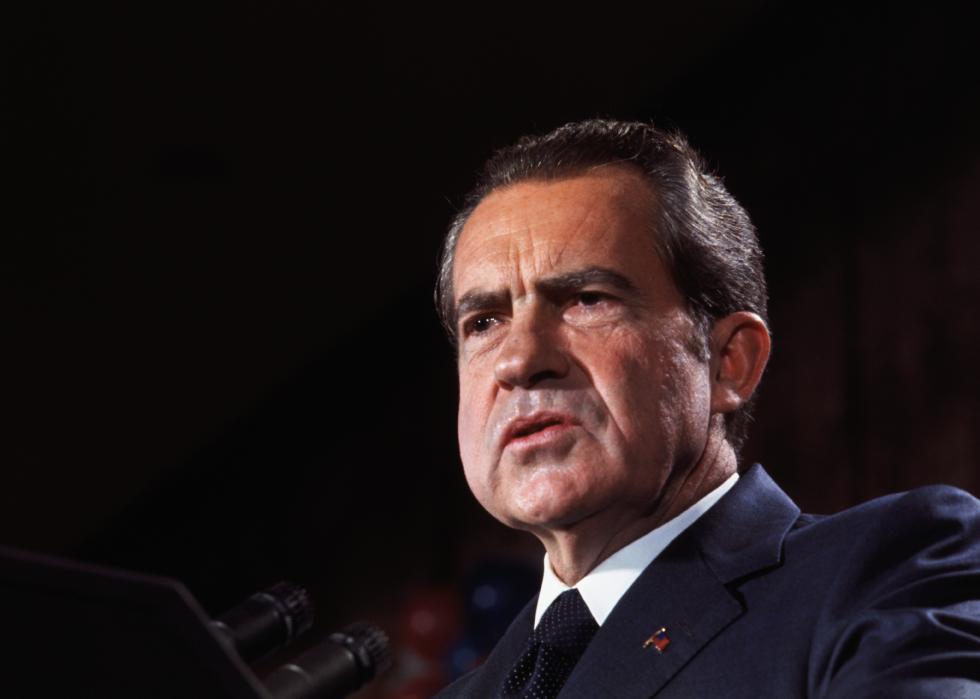
1972: Equal Employment Opportunity Commission gains right to pursue its own lawsuits
The Equal Employment Opportunity Act of 1972 is an amendment to Title VII of the Civil Rights Act, which gave the agency the “authority to conduct its own enforcement litigation.” This means the EEOC can bring lawsuits against those who may be discriminating against marginalized people in hiring and/or employee promotion practices. Prior to this, the person with a grievance had to bring action up themselves, while the government could take limited action. President Nixon, who signed the act, delivered a special statement, saying “this legislation is an important step toward true equality on the job front.”
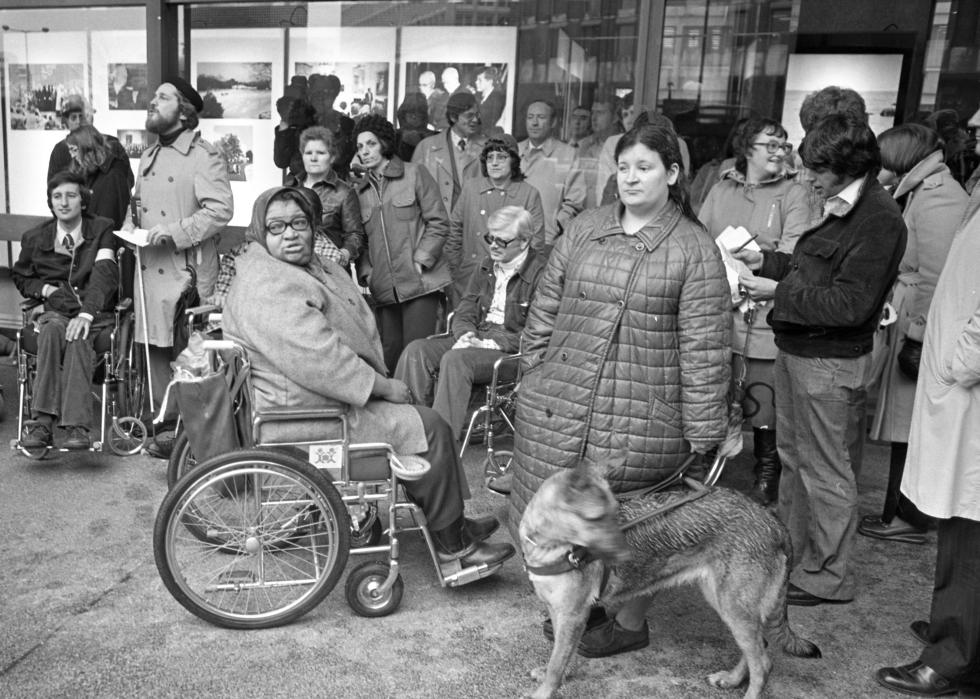
1973: The Rehabilitation Act marks first step toward inclusivity for individuals with disabilities
The Rehabilitation Act of 1973 precedes the Americans with Disabilities Act of 1990, protecting the rights of people with disabilities in higher education, private industries, and the government. Critical parts of the act include Section 503, which “prohibits federal contractors and subcontractors from discriminating in employment against individuals with disabilities and requires employers take affirmative action to recruit, hire, promote, and retain these individuals.” Section 504, however, distinguishes people with disabilities who are in federal financial assistance programs.
In 2014, Section 503 was updated, requiring federal contractors and subcontractors to “aspire to, and track progress toward, employing individuals with disabilities.” The amendment also allows applicants to self-identify as having a disability and encourages a 7% workforce goal for people with disabilities at companies with more than 100 employees.

1982: The first company grants domestic partner benefits for LGBTQ+ workers
“The Village Voice,” a New York City-based newspaper, became the first place to bargain for employees in same-gender relationships to access health care for their families. The company’s union laid the groundwork for LGBTQ+ people to have the same benefits afforded to those in heterosexual partnerships. During this time, “The Village Voice” was a supporter of gay rights, publishing a Gay Pride issue every June—a stark difference from its stance on the LGBTQ+ community in earlier decades.
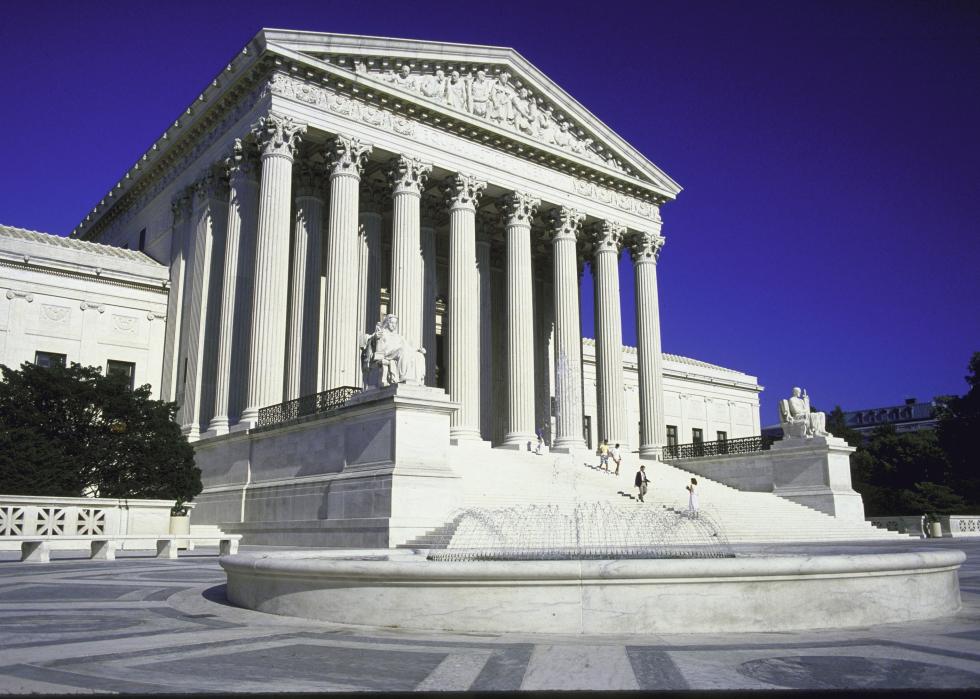
1986: Sexual harassment in the workplace is prohibited
This sexual harassment decision stems from the Meritor Savings Bank v. Vinson case. In 1978, Mechelle Vinson, a Black woman, was fired from her job as a bank teller. Vinson had filed a lawsuit months prior stating that her supervisor, Sidney L. Taylor, coerced her into sexual encounters, demanded sexual favors, and sexually assaulted her on several occasions. She said his actions made for a “hostile work environment.”
For the first time, the Supreme Court recognized sexual harassment as an “actionable” offense, ruling unanimously in her favor that “sexual harassment of an employee by a supervisor violates the Federal law against sex discrimination in the workplace.” It opened the gates for similar sexual harassment cases to be heard.
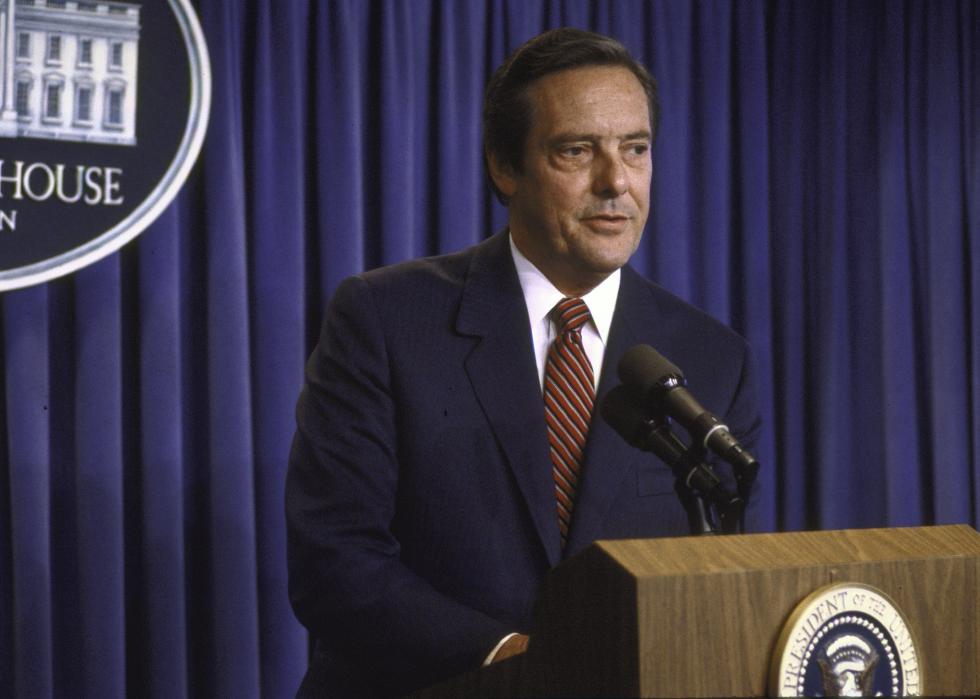
1987: The Hudson Institute publishes Workforce 2000
The seven-month study highlights the struggles that disadvantaged workers encounter in their workplace, specifically the service industry. It suggested that there would be a rise in female and/or minority workers in laborious industries due to few jobs being created for those without access to education and resources to attain “higher skilled” work. This forebodes a rise in unemployment among those with less education. Hudson Institute’s project leader William Johnston summed up the findings to USA Today, stating, “we’re creating fewer bolt-tightening jobs and more technical and professional jobs.”
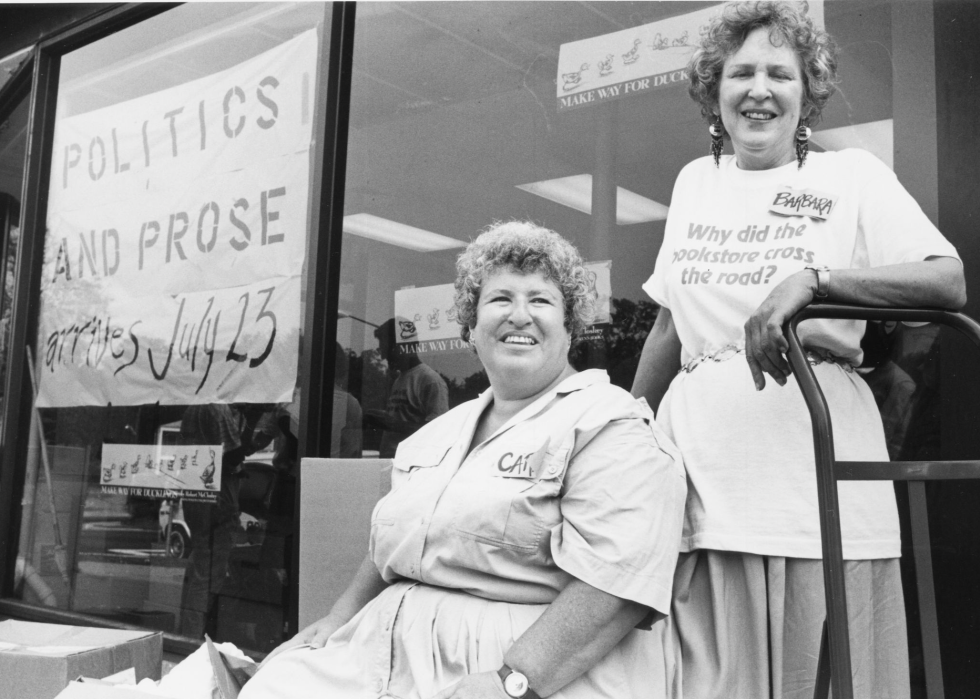
1988: Congress passes the Women’s Business Ownership Act
The Women’s Business Ownership Act—also known as HR 5050—gave women a chance to take on their own business loans. Prior to this, women would need a male relative—such as her father, spouse, or child—to obtain a business loan. This put women at a disadvantage, leading to smaller approved loans even when they had the capital and professional experience to support their endeavor. It also led to the National Business Women’s Council, an organization of female entrepreneurs who report to the president and Congress annually.
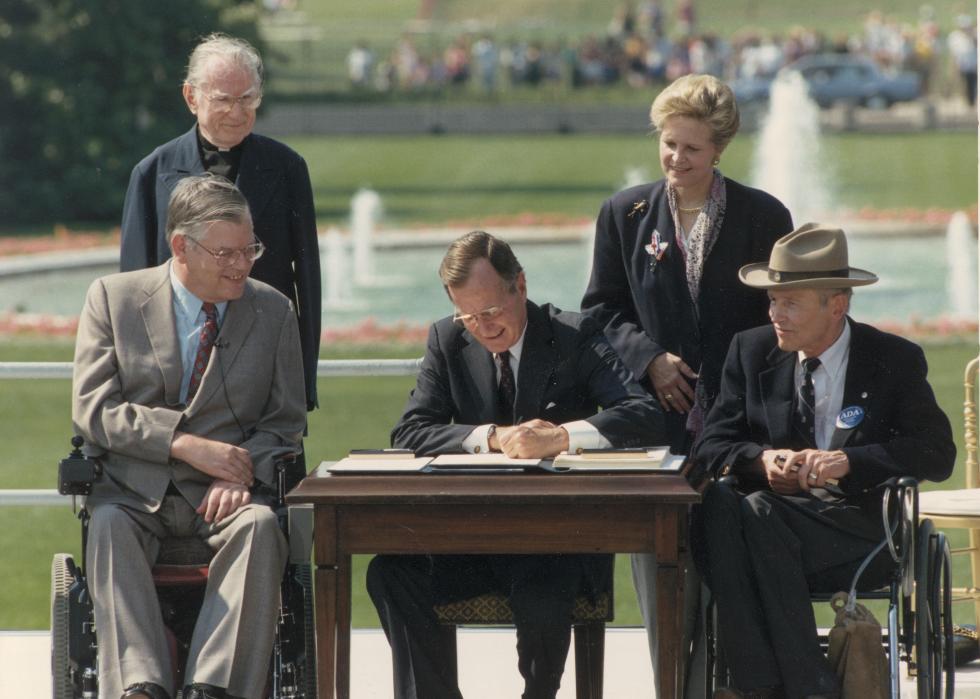
1990: Discrimination against individuals with disabilities is prohibited
The Americans with Disabilities Act of 1990 “makes it unlawful to discriminate in employment against a qualified individual with a disability.” It encompasses a wide range of employers including private businesses, state/local governments, employment agencies, labor organizations, and labor management committees. An employer must avoid discriminatory actions from job posting/recruitment to interviewing, hiring, retaining, and firing as well as provide reasonable accommodations when applicable. In 2008, the ADA got an amendment to include people who have AIDS or are HIV-positive.
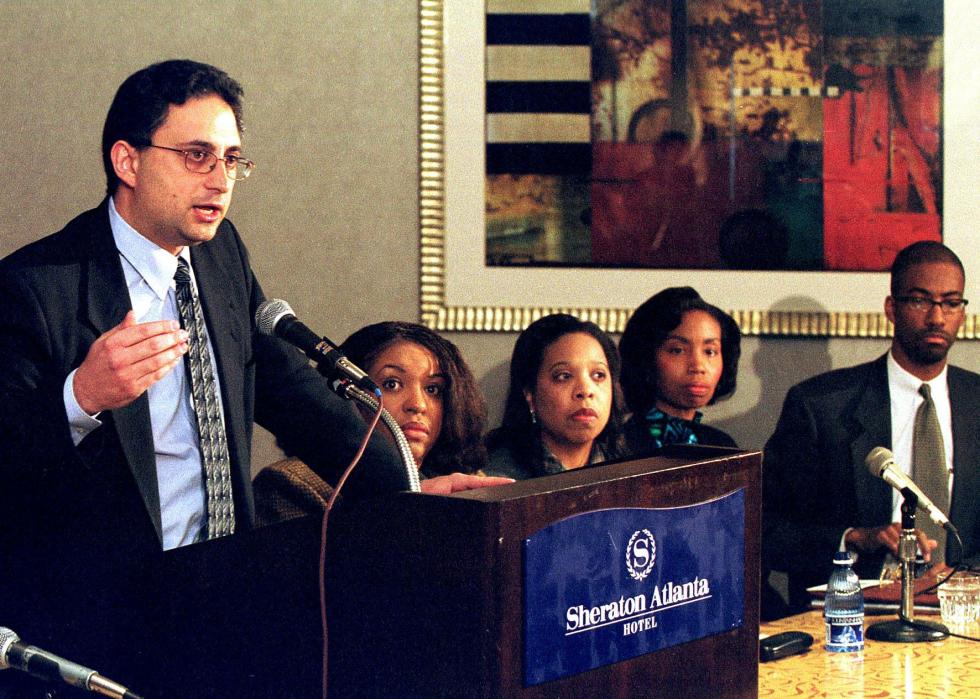
1990s: Employees successfully sue major corporations for discriminatory practices
Several companies—including Texaco and The Coca-Cola Company—lost discriminatory lawsuits levied against them by employees. During this period, diversity training rose in prominence among companies aiming to increase and maintain cultural diversity within their respective workforces.
However, there were still issues, as evidenced in 1996 when Texaco settled a lawsuit with its Black employees for $176.1 million, which was the largest race discrimination lawsuit ever at the time. The suit—originally filed by six Black employees—alleged that Texaco refused to promote qualified Black employees, did not pay them salaries that were comparable to their non-Black counterparts, and employees who spoke out against this were met with retaliative actions including intimidation, demotion, and firing.
In 2000, Coca-Cola settled a $192.5 million lawsuit accusing the company of “discriminating against Black salaried employees in pay, promotions and evaluations.” The suit began in 1999 after four employees went public about their respective experiences. Attention swelled when 45 employees took a “bus ride for justice” from Atlanta to Washington D.C. Additionally, famed civil rights leader Rev. Jesse Jackson called for a boycott of the company’s products.
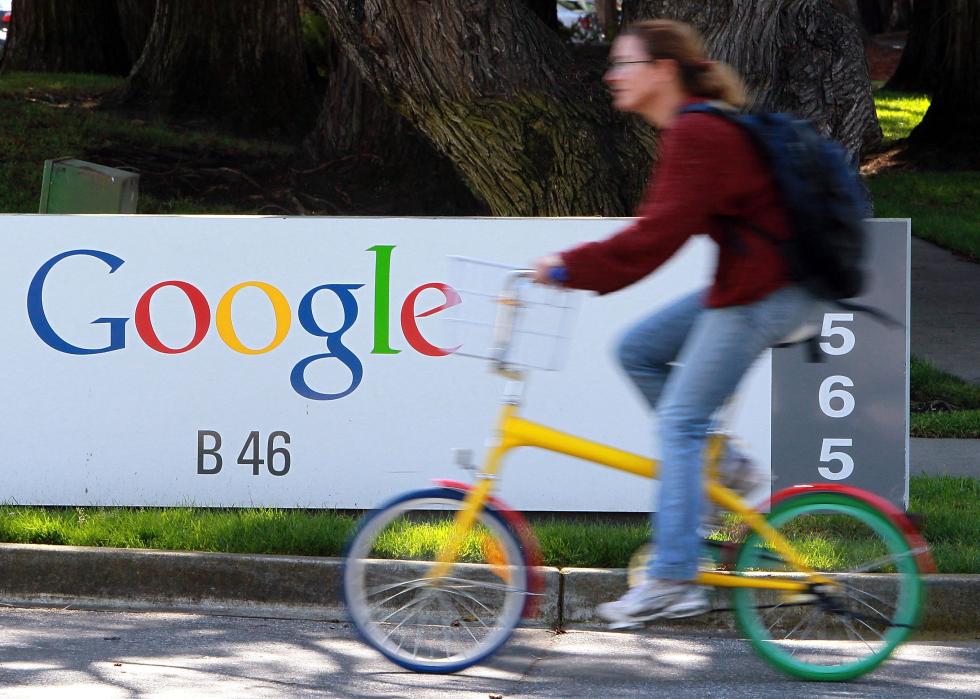
2010-14: Media outlets push Silicon Valley companies for diversity records
Media outlets like CNN and San Jose Mercury pressured companies to release information about the diversity of their workforces to promote transparency. They focused on major Silicon Valley companies like Apple, Google, Amazon, and Facebook. According to a CNNMoney report, every U.S. company with over 100 employees should file an EEO-1, which categorizes its workforce by race and gender.
When the EEOC denied CNNMoney’s Freedom of Information request to obtain this data, CNN asked the companies to be transparent on their own volition. Google finally released details to USA Today in 2014, revealing that 61% of overall employees at that time were white. Public opinion pushed the company to make changes to diversify its workplace, with others following suit.
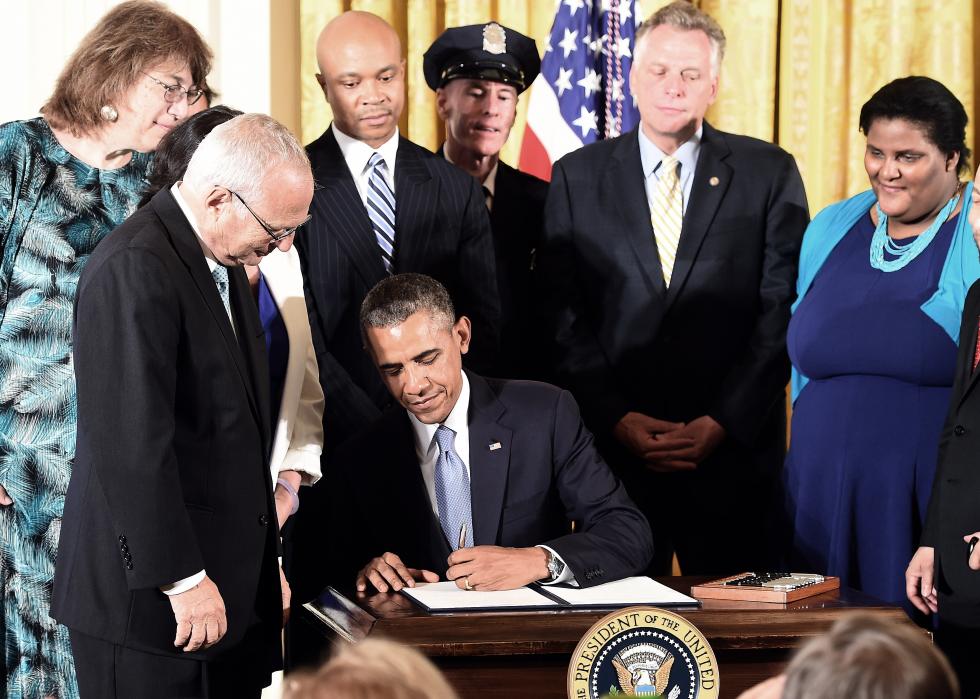
2014: President Obama signs orders supporting pay transparency and LGBTQ+ rights
President Obama signed amendments to executive order 11246, which ensures equal opportunity employment for minorities, in 2014. First, 13665 “prohibits retaliation by federal contractors against employees or applicants who inquire about, discuss, or disclose details of their own or other employees’ or applicants’ compensation.” And 13672 “prohibits federal contractors from discriminating against lesbian, gay, bisexual, and transgender employees and applicants.” Employers must not consider an applicant’s or employee’s gender identity nor sexual orientation when offering employment, benefits, etc.
These amendments required organizations to amend their EEO and affirmative action policies to include gender identity and sexual orientation.
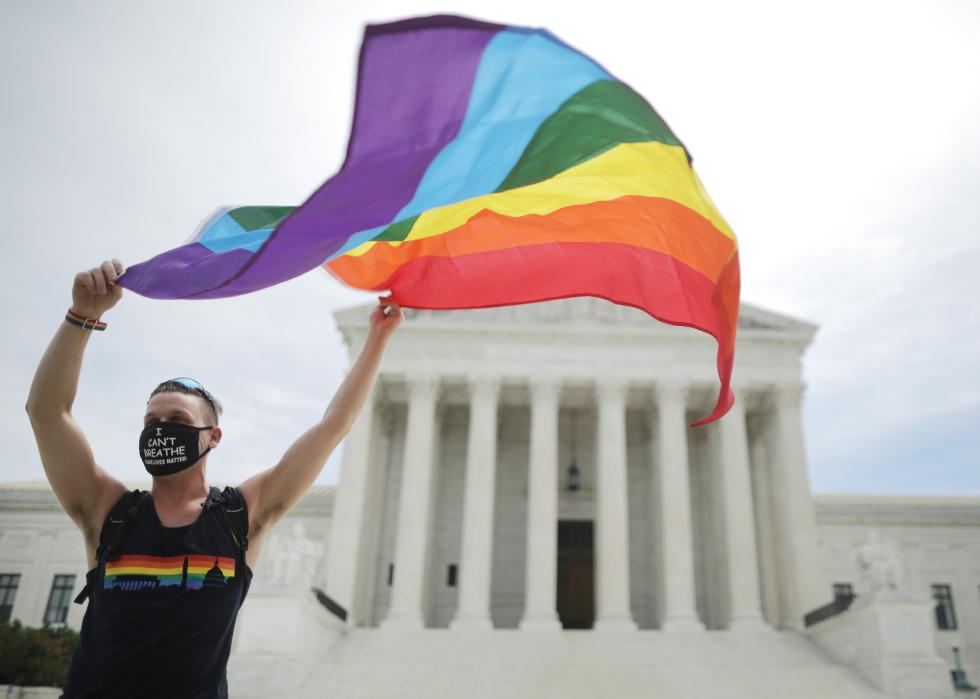
2020: Discrimination against LGBTQ+ employees is prohibited
People cannot be fired for being a member of the LGTBQ+ community. If this occurs, they can file a lawsuit against their employer. The U.S. Supreme Court ruled 6-3 that the Civil Rights Act of 1964 also protects LGBTQ+ individuals. It comes off the heels of several incidents, including two men who accused their respective employers of firing them for being gay as well as the case of Aimee Stephens, who was fired from her job as a funeral director after informing her boss that she is transgender.



